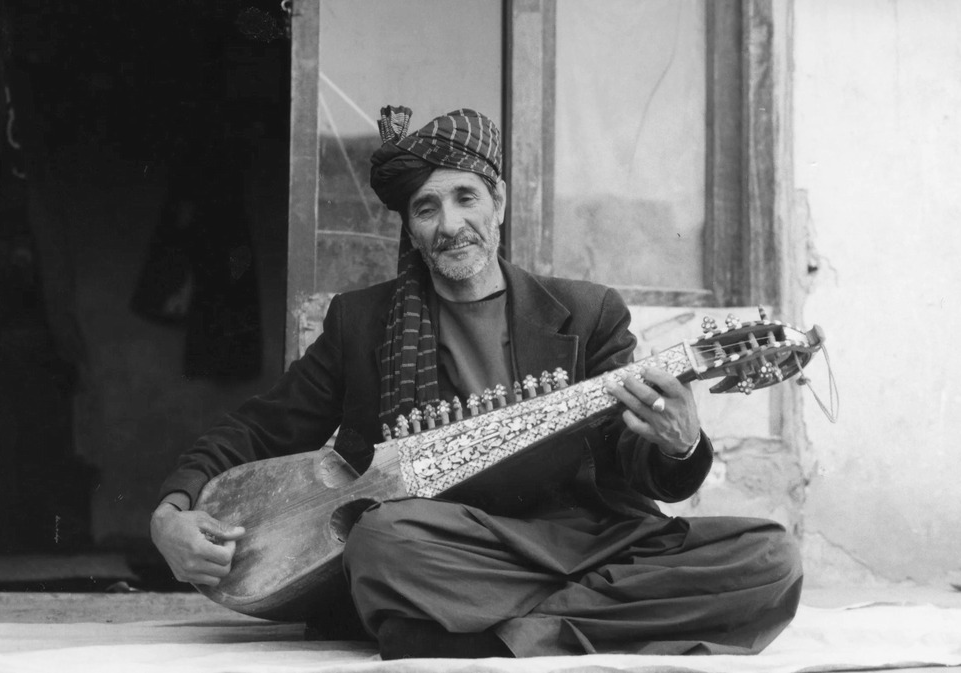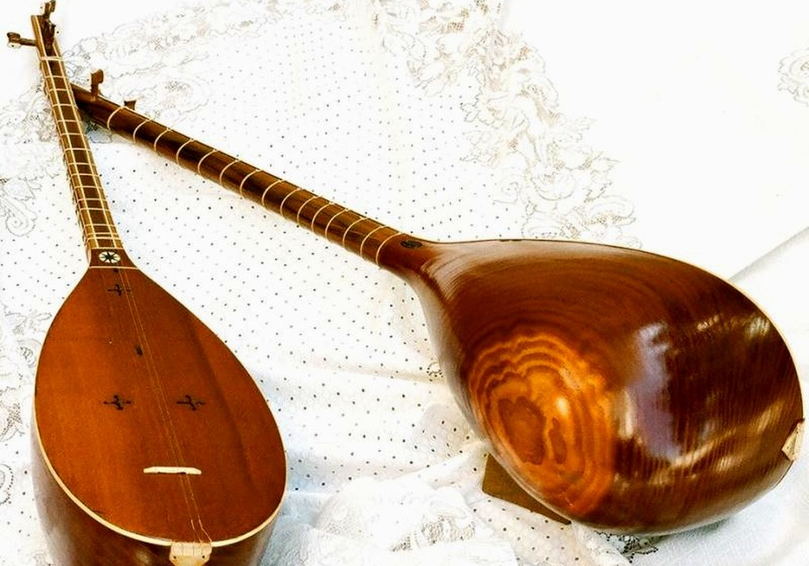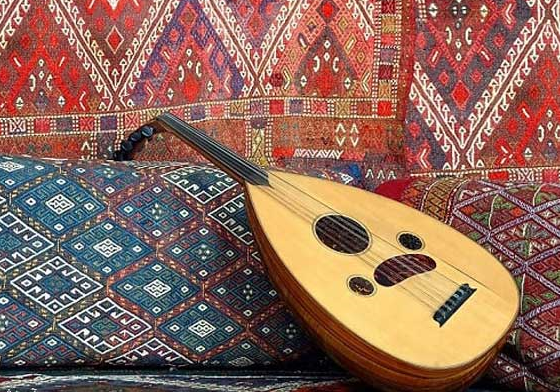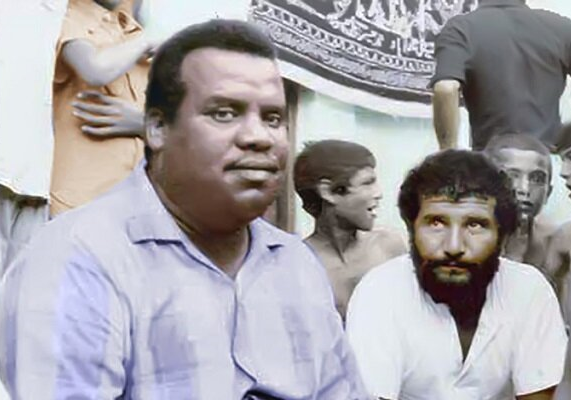
Evolution of Iranian Music
Evolution of Iranian Music
Like any other nation, Iranian music, which has existed since time immemorial, also has its own styles that have evolved throughout history and have been passed down from one generation to the next and have found a lofty and solid structure. In the process of its evolution, this music has influenced the music of the people of Central Asia, Afghanistan, Pakistan, Azarbaijan, Armenia, Turkey, and even Greece such that the music of each of these countries includes flashes of Iranian music. Barbad, Nakisa, and Ramtin were the most famous musicians of ancient Iran.
Iranian music has melodies known as “Radif”, which was inscribed as the first independent Iranian heritage on UNESCO’s list of Intangible World Heritage in the year 2009.
Evolution of Iranian Music
Iranian Music Before the Modern Era
The engravings left on the walls of the caves show that the people of Iran have been performing music since ancient times. This music has left a noticeable impact on world music at different times such that according to some experts, the basis of new European notation is based on the principles and rules that Muhammad Farabi (870 to 950 or 951 AD), the Iranian scientist and musician has put forward.
The works left by Abu Ali Sina, Farabi, Qutbuddin Shirazi, and Abdul-Qahir Maraghehei, which were written until the middle of the 15th century AD, prove that music was considered a science, but due to certain social, less attention was paid to it until toward the end of the Zand era (1751 to 1794 AD) - during which Mushtaq Ali Shah and Parikhan were considered prominent musicians -and no significant musical work had been produced by Iranian artists. Although there are evidences that show Nadir Shah Afshar (reigned from 1735 to 1747 AD) was interested in music, it was during the Qajar era that Iranian music, once again, began to flourish.
Iranian Music in the Modern Times
Qajar era (1796 to 1925 AD) was a period in which Iranian music progressed in different dimensions, especially religious dimensions. During this period, people like Seyyed Ahmad Khan who was the first Iranian singer who recorded his songs on a gramophone, emerged. Qoli Khan was another artist who performed Ta’zia and sang Dashti songs.
After the establishment of Dar al-Funun and the arrival of European music teachers and trainers to Iran, Iranian music also moved towards using modern music theories. Music lessons were taught in both Persian and French languages at Dar al-Funun. This trend reached maturity during the Pahlavi era (1925 to 1979 AD).
The Substance of Iranian Music
In terms of its contents, the melodies and poems used in Iranian music make the listeners delve into immaterial horizons. In addition to this, there is a kind of epic and thrilling beat in Iranian music, which is rooted in the spirit of bravery of Iranians and inspires the listeners.
Iranian music is a collection of melodies of different communities who live in different regions of Iran, including Azarbaijan, Gilan, Khorasan, Bakhtiari, Kurdistan, Shiraz, and Baluchistan, and they have many differences not only in terms of melodies but also in terms of language and dialect, which make Iranian music rich.
Iranian Musical Instruments
Iranian musical instruments can be divided into three categories:
1. Wind instruments such as reeds, sorna, karna or karnay, and reeds;
2. Stringed instruments such as kamancheh, oud, rubab, and tar;
3. Percussion instruments such as dohol, daf, drum, and tonbak.
Meanwhile, santur is a unique instrument that is not included in the above categories and should be considered a plucked string instrument.
Components of Iranian Music
• Dastgah: A type of melody that the musician can use as a basis for improvisation. Each dastgah consists of several gushehs, each of which is quite unique. There are seven instruments in Iranian music: Shur, Segah, Chahargah, Rast-panjgah, Homayun, Mahur, and Nava.
• Avaz or vocal music: This part of Iranian music is non-metric and without form and type and is defined in and referred to as a sub-group of one of the dastgahs. For example, the dashti avaz belongs to the shur dastgah. There are five types of avaz in Iranian music, namely, Abu Ata, Bayat-e Turk or Bayat-e Zand, Afshari, Dashti (all four fall under the Shaur dastgah), and Bayat-e Esfahan (under Homayun dastgah).
Renowned Figures of Iranian Music
• Gholamhossein Darvishkhan, a master musician of setar and tar and a pioneer of the art of composition. Darvishkhan has provided special services in promoting Iranian music among people.
• Alinaqi Vaziri: He was proficient in playing string instruments and created a stream of modernism in Iranian music. The establishment of the high school of music and the management of Iranian music affairs are among his services.
• Seyyed Jalal Taj Esfahani: famous singer of Esfahan School of Music.
• Habib Samai: the greatest santur player in the contemporary era.
• Abolhassan Saba: Darvish Khan’s student in playing setar and an outstanding contemporary musician.
• Ruhollah Khaleghi: Composer, musician, and music conductor who played the violin well. He also has some writings in the field of music.
• Hossein Tehrani: A master tombak player who held the first tombak concert in Iran.
• Gholamhossein Banan: Singing teacher and one of the most popular singers of Iranian music. He studied music under Ruhollah Khaleghi and Alinaghi Vaziri.
• Javad Maroufi: The first piano player who tuned this Western instrument to play Iranian songs. He was a student of Alinaghi Vaziri.
• Mohammadreza Shajarian: Renowned Iranian singer and winner of the Picasso Prize, who created eternal works in Iranian music and had been nominated for a Grammy Award.
• Shahram Nazeri: The winner of many awards in the field of music who also received the Legion of Honor for his artistic works.
Like any other nation, Iranian music, which has existed since time immemorial, also has its own styles that have evolved throughout history and have been passed down from one generation to the next and have found a lofty and solid structure.
| Name | Evolution of Iranian Music |
| Country | Iran |


Choose blindless
Red blindless Green blindless Blue blindless Red hard to see Green hard to see Blue hard to see Monochrome Special MonochromeFont size change:
Change word spacing:
Change line height:
Change mouse type:
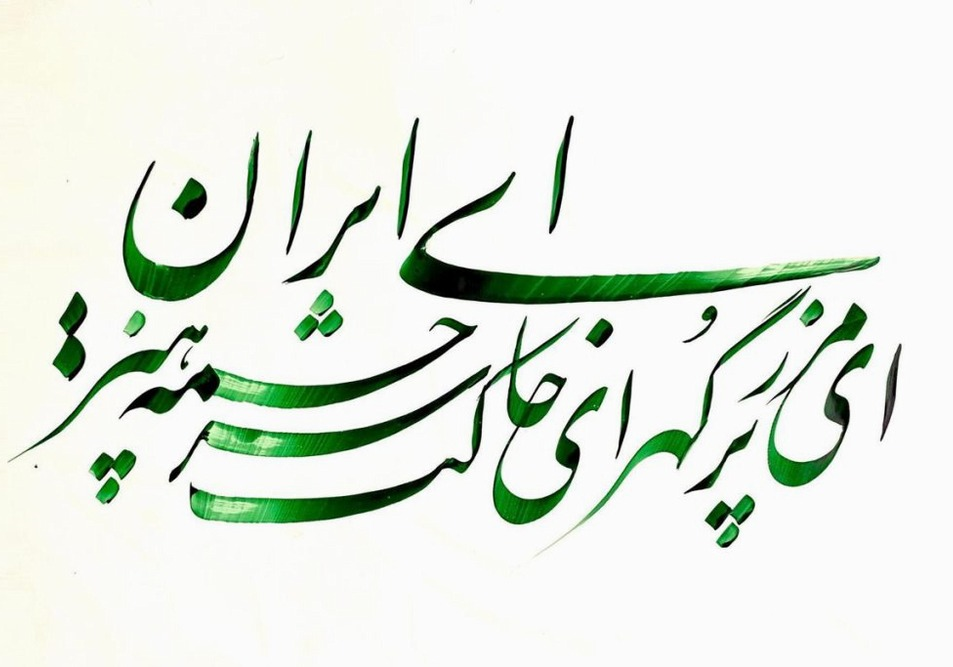
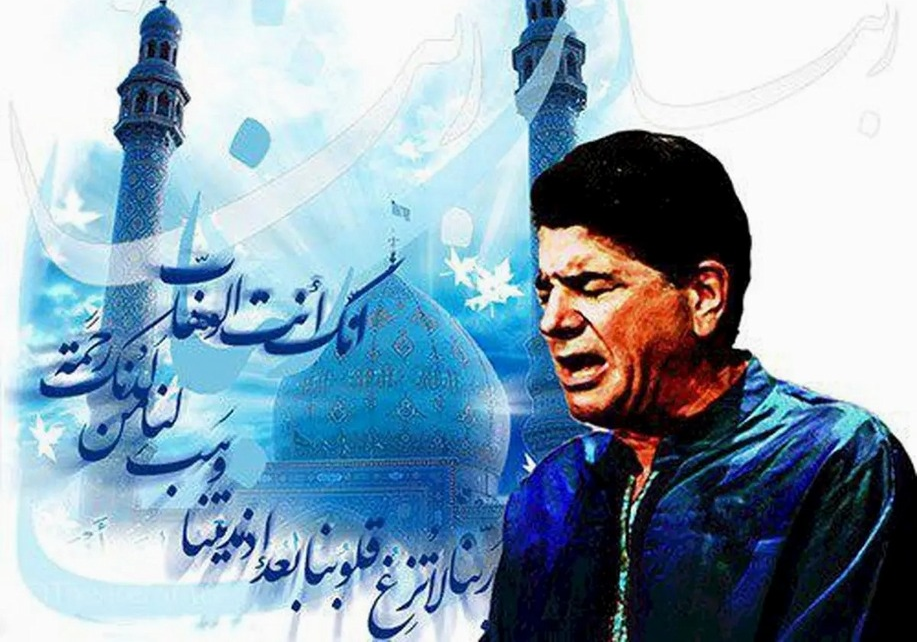
.jpg)




